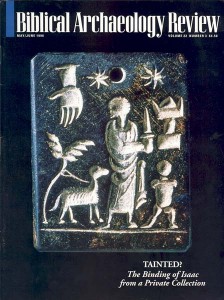Jerusalem as Textbook
Large excavations give way to smaller, more focused digs as archaeological parks and displays sprout up all over the city.

The magnitude and extent of archaeological activity in Jerusalem since the city was reunited in 1967 are unparalleled in the city’s long history of research. Since then, we have seen two major waves of excavations. The first, during the late 1960s and 1970s, involved three large-scale excavations—at the southern wall of the Temple Mount, directed by Benjamin Mazar;1 in the Jewish Quarter of the Old City, directed by Nahman Avigad;2 and in the oldest inhabited part of the city, on a ridge south of the Temple Mount known as the City of David, directed by Yigal Shiloh.3
The second wave, smaller in scale, began in the late 1980s and still continues, focusing on the Old City’s narrow streets and alleys, open areas around the Old City and the new neighborhoods on the outskirts of modern Jerusalem. In just the last six years, more than 120 excavations have been conducted within Jerusalem’s municipal limits, ranging from probes lasting several days to excavations that continue without pause the whole year around.
Already a library member? Log in here.
Institution user? Log in with your IP address.

